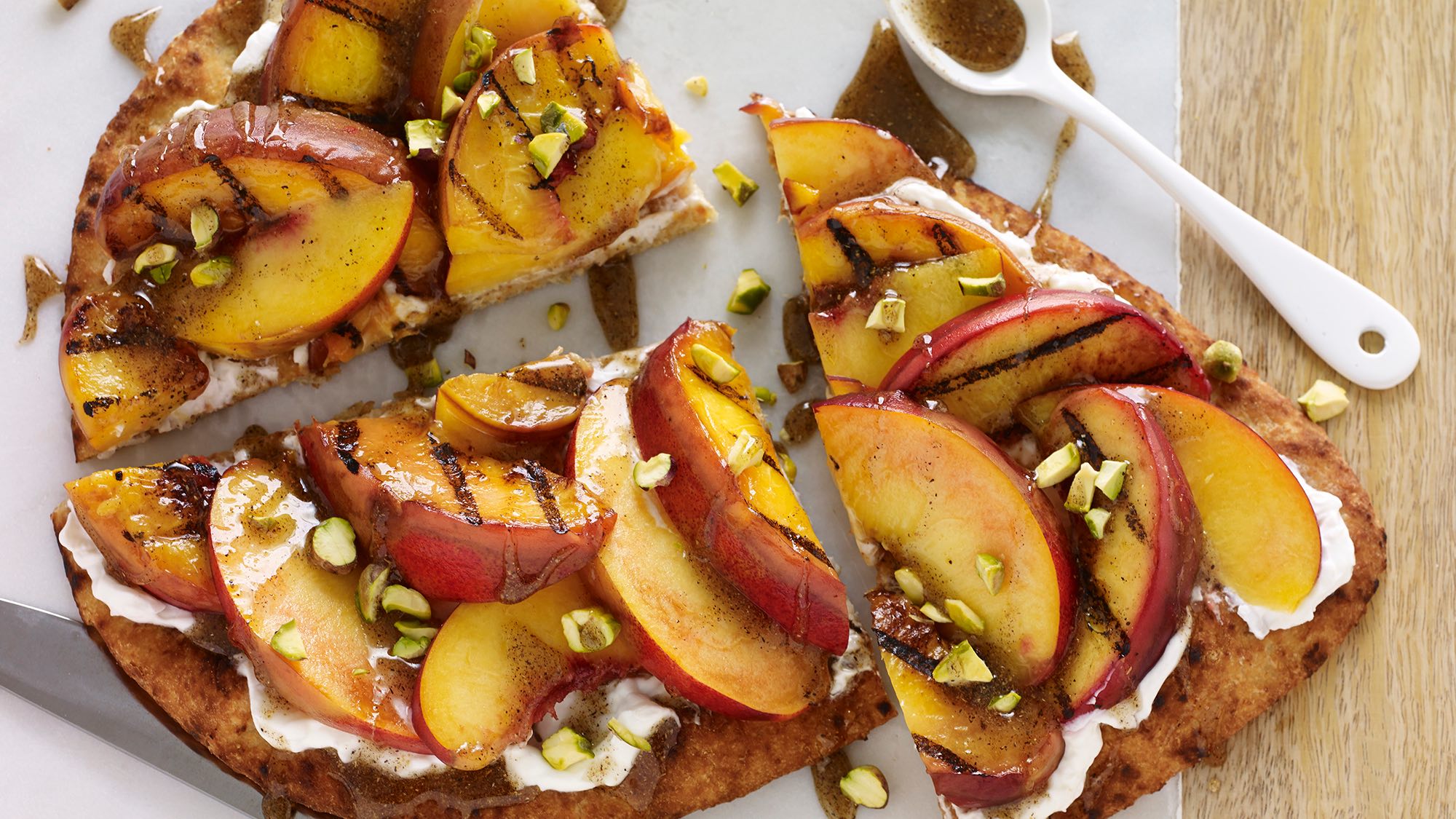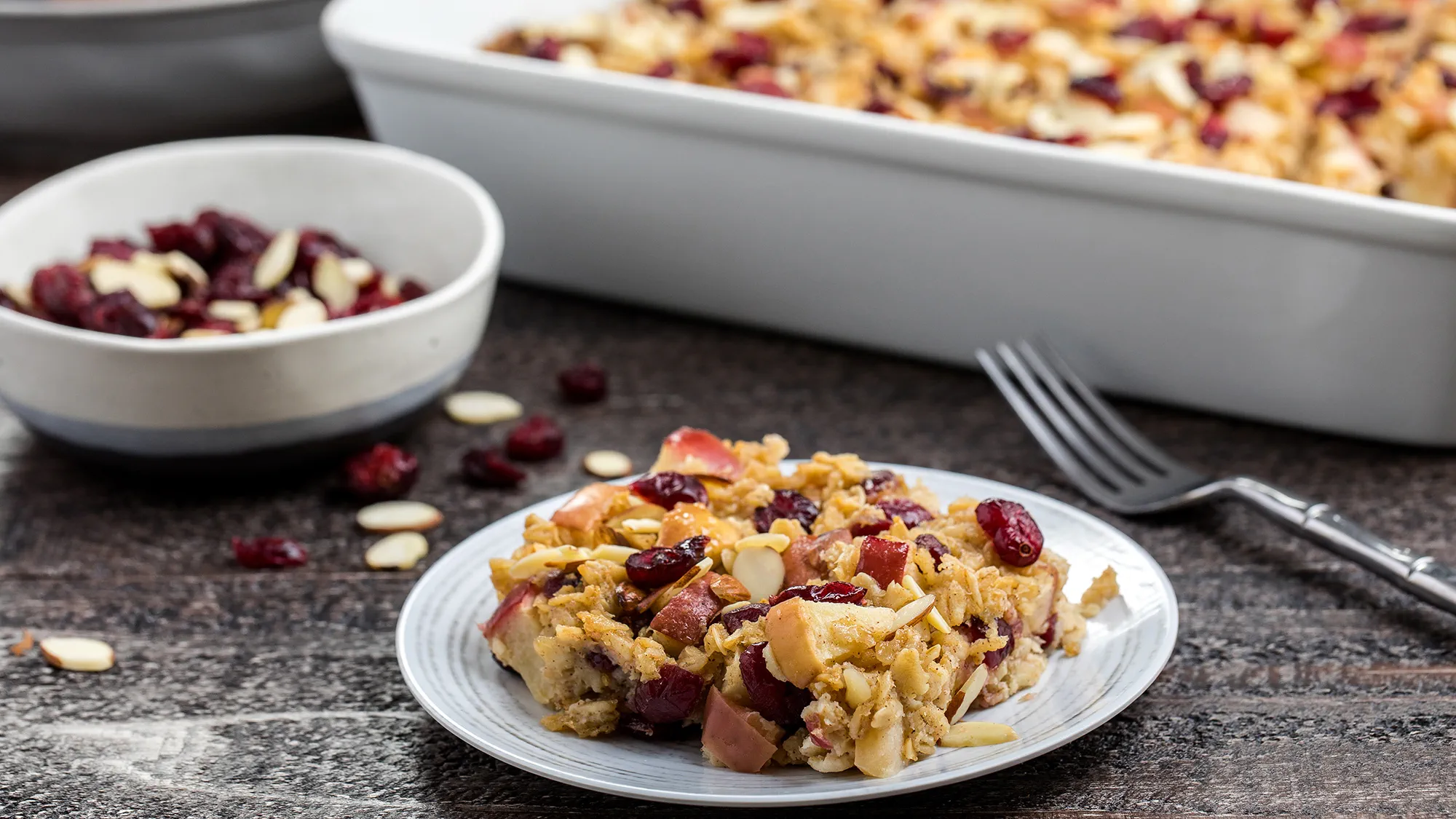For pancakes to pies, tarts to topping pork chops, brown bag lunches to bread dough, apples any which way are staples in our Test Kitchen and in staff members’ homes. Considering the versatility, wide availability, variety diversity, and budget-friendly factor of apples, we like to stock up on them early and often.
One of the most important details to make the most of that investment – and keep food waste in check: mastering how to store apples. Apples can spoil far faster if you store them next to certain fruit and veggie foes. The climate you keep apples in makes a big difference, too.
To help us dial in the details to stretch the shelf life of your Galas, Golden Delicious, and beyond, we asked Sarah Brekke, M.S., Better Homes & Gardens Test Kitchen culinary specialist, to help school us about how to store apples.
How to Choose Apples
To max out the shelf life of your fresh apples, shop smart and handle with care. Brekke suggests looking for apples that are firm and free from blemishes.
While this might seem like an obvious remark for aesthetic reasons, there’s actually a scientific reason why blemish-free is best. Bruised flesh or damaged skin can speed up the production of ethylene gas, which makes many different fruits and vegetables around them – and the apples themselves – spoil faster.
“Ethylene gas is given off by apples as they ripen and age but the presence of this gas will also encourage neighboring apples to ripen faster than normal so limiting it is helpful in extending the shelf life of produce,” Brekke explains.
For a refresher about the lifespan “enemies” of apples, don’t miss our guide for fruits and vegetables you should never store together.
As far as the best apple types for longer storage, keep these pointers in mind:
- Think small. In most cases, the smaller the apple, the better. Small apples tend to have thicker skins.
- Get sweet on tart styles. Tart apples tend to stay in good shape longer than their sweeter peers.
- Know your varieties. According to the apple company Stemilt, Fuji, Red Delicious, Granny Smith, and Gala tend to be good examples of hardy, long-living apples.
“You’ll know your apples are going bad when you see signs of spoilage such as bruising and soft areas, an overall mushy texture, wrinkly skin, any off odors, and a mealy texture when eating,” Brekke says.
Photo by Isabella Fischer
How to Store Apples Whole
Similar to our recommendations for how to store blueberries and how to store grapes, “don’t wash your apples until you are ready to eat or cook with them to avoid encouraging any bacterial or fungal growth,” Brekke says.
Your best bet is to store unwashed apples in root cellar settings. Before electricity existed, humans relied on this tech-free technique to extend the life of their fresh food. To recreate a root cellar-like environment, aim to store unwashed, whole apples according to the following conditions.
- Cold: Ideally, around 32° to 40° F. Don’t fear the cold! Apples prefer quite chilly air. Just aim to keep them above 29° F, where they’ll start freezing.
- Ventilated: Air circulation is key to ward off condensation, which can trigger mold. “Wrap them individually in plastic or place in separate small paper bags to limit the spread of ethylene gas,” Brekke says.
- Dark: Light speeds up spoilage. A dark humid area (air humidity between 80 to 95 percent), such as a garage or cellar during winter in a cold region, or a refrigerator crisper drawer will do the trick. Seek out the coolest spot in your home if you’re not using the fridge, Brekke advises.
So what about how to store apples if your goal is to make it easier for yourself or your family to remember to eat more fruit – and extending shelf life is a bit less of a priority? Featuring apples as part of your countertop fruit bowl is A-OK if you plan to polish it off within 1 week.
However, if you’ve bought a bushel (or even just a bag), you’ll get the best bang for your apple buck if you chill out.
Thanks to a natural process called controlled atmosphere (CA) that’s been used since the 1950s to help save apples longer, “when stored in the refrigerator, grocery store apples will last for 1 to 2 months,” Brekke says. “In a cool, dry location such as a pantry you can expect a shelf life of about 2 to 3 weeks and when stored at room temperature.”
How to Store Cut Apples
In a perfect world, you’ll cut apples immediately before you plan to enjoy them. That’s not always possible (or preferable, if you’re meal prepping or packing lunches for yourself or your kids). To make the most of your cut apples, store by these three tips:
- Shop wisely. Cosmic Crisp and Envy apples have been shown to brown much more slowly than other varieties.
- Add acid. Give apple halves or slices a spritz with lemon or lime juice before storing them; this will slow oxidation and browning caused by air exposure to the flesh..
- Keep cool and tight. Transfer cut apples to a zip-top bag or airtight container and transfer to the refrigerator until it’s time for a fruit snack.
How to Store Apples For 6 Months (Or Longer)
For the longest lifespan possible, your best option for how to store apples is either:
- In the freezer
- Canning
Freeze impacts an apples’ cell structure, so it’s not a solution for every recipe. (For example, frozen apples wouldn’t be so tasty in fresh fruit salads.) That being said, frozen apple slices are dreamy for pies, tarts, galettes, applesauce, apple butter, quick breads, and most other cooked or baked uses. To flash-freeze apples, slice the fruit, remove the stems and seeds, and transfer the pieces to a sheet pan. Space out the apple slices so they don’t stick together, then flash-freeze for 2 hours, or until frozen solid. Pop the frozen slices into a zip-top freezer-safe plastic bag, add the name and today’s date, then freeze for up to 6 months.
If you’re a fan of all things canned, can apples, apple butter, applesauce, or apple pie filling. We’ll walk you through it. All of the above, when stored properly in a cool, dry, and dark place, should last for about 12 months.
The Best Ways to Enjoy Apples
Now that you’re a whiz at all the alternatives for how to store apples (in the fridge, in the freezer, and beyond), you’ll have even more days to savor the fruit in your favorite recipes.
Might we recommend our new Apple Dumplings with Cider Caramel or Apple Fritter Bread? Spiced Applesauce, Old-Fashioned Apple Pie, Apple Sheet Cake, and Fried Apple Hand Pies are timeless, too. Or if savory is more your speed, add our Peanut Butter and Apple-Bacon Sandwiches, Pan-Roasted Chicken with Brussels Sprouts and Apples, and Apple-Pecan Pork Chops to your culinary bucket list.
This article was written by Karla Walsh from Better Homes and Gardens and was legally licensed through the DiveMarketplace by Industry Dive. Please direct all licensing questions to legal@industrydive.com.








